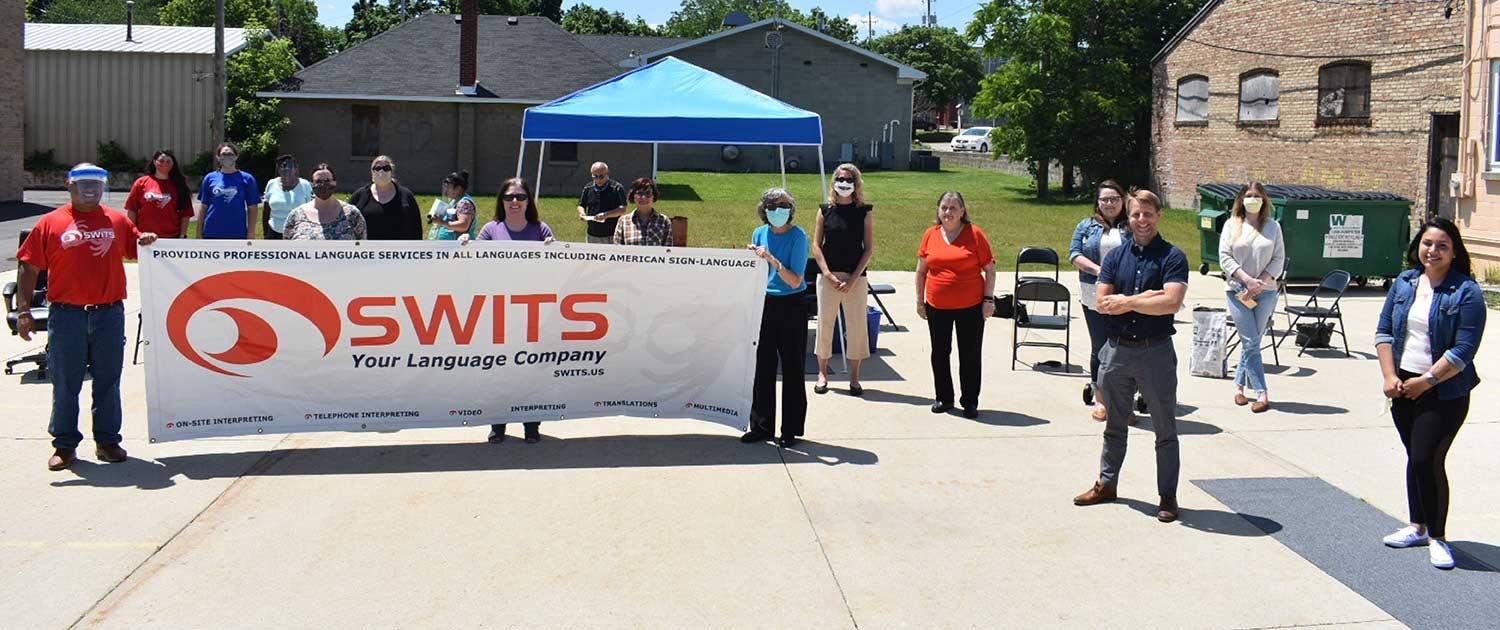Immigration as an Economic Engine
As we are on most things these days, Americans are sharply divided on immigration and the economy. An AP poll found that two-thirds of us believe immigration makes America stronger, yet it’s a contentious wedge issue that prompts heated rhetoric from both ends of the political spectrum.
“Society’s understanding of how immigrants contribute to U.S. society is central to policymaking,” economists Leah Boustan and Ran Abramitzky wrote in a 2019 paper. “But too often, that understanding is shaped not by hard evidence, but by pre-determined biases. This was true 100 years ago and remains true today.”
Though we will continue to argue over who should immigrate, how, and how many, we should be able to find common ground because immigration—and especially immigrant entrepreneurship—gives a high-octane boost to America’s economy.
Debunking Mobility Myths
One measure of economic success for any group (especially immigrants) is upward economic mobility. Are successive generations gaining income?
One of the persistent claims about recent immigrants is that they have tended to rely heavily on welfare and other government services for decades. Boustan and Abramitzy examined the mobility of father-son pairs across more than a century, beginning with men who arrived in 1880 and finishing with the sons of men who had immigrated in the 1980s.
They found:
- In every immigrant group, sons tended to be much more economically successful than their fathers.
- Children of immigrants have rates of economic mobility 3 to 6 percentage points higher than their native-born peers.
- The rate of upward mobility is actually higher today than it was in the early 20th Century, when social safety nets didn’t exist.
- The children of the poorest immigrants tend to have the greatest gains in mobility, usually becoming solidly middle class in one generation.
As Boustan and Abramitzy wrote, “Even immigrants who come to the U.S. with few resources or skills bring something that’s hugely beneficial to the U.S. economy: their children.”
Entrepreneurship Drives the Engine
A number of factors drive this difference between immigrant and native-born achievement, but one of them is a strong entrepreneurial tendency. In fact, the latest research (by MIT’s Sloan School of Management) shows that immigrants are 80% more likely to start a business than native born Americans, a gap that has been increasing since at least 1996.
This means not just more businesses but stable firms that power the American economy and offer plenty of jobs:
- Approximately 1 in every 10 workers is employed at an immigrant-owned private company.
- Of the companies on the 2020 Fortune 500, 221 (more than 44%) had at least one founder who immigrated or was the child of immigrants. As a whole, the Fortune 500 employs nearly 29 million workers, so these businesses created by immigrants employ tens of millions and deliver value to tens of millions more.
- 13.7% of the American population is foreign-born, but immigrants make up 20% of the self-employed workforce and 25% of startup founders.
- A 2017 study found that immigrant owned businesses contributed $1.3 trillion to the economy each year, or nearly 7% of our GDP.
All this points to the need for and benefits derived from providing robust language services to help new immigrants more easily gain access to education, services, and the economic life of their communities. Not only does this investment pay off in greater economic power, but language services remove obstacles to acculturation, accelerating upward mobility and economic growth. Governments and taxpayers who want steady future growth and less need for expensive government services can lay the groundwork today with a welcoming approach and easy access to language services.





